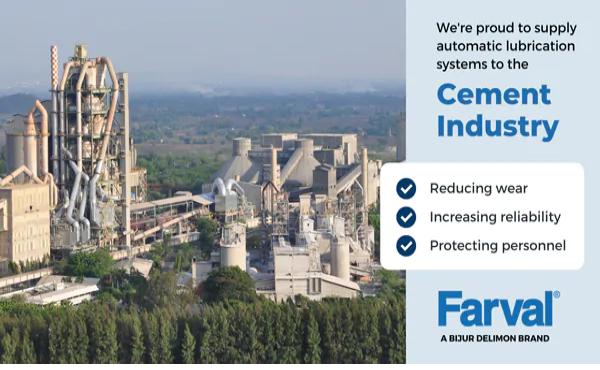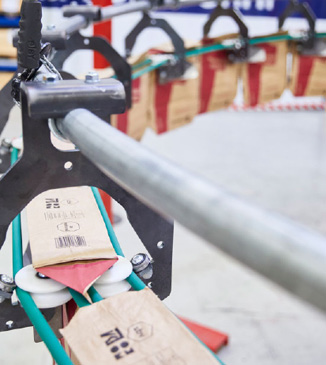Babcock & Wilcox’s (B&W) electrostatic precipitator (ESP) technologies deliver maximum particulate removal efficiency with proven reliability and reduced operating and maintenance costs. Engineered upgrades, quality components and replacement parts, and aftermarket services help keep existing ESPs running efficiently and effectively, regardless of OEM, according to the company.

 B&W has extensive experience with both dry and wet technologies, and have installations in a wide range of applications, including cement, power generation, waste-to-energy, chemical, oil and gas, pulp and paper, metals/steel and others.
B&W has extensive experience with both dry and wet technologies, and have installations in a wide range of applications, including cement, power generation, waste-to-energy, chemical, oil and gas, pulp and paper, metals/steel and others.
Dry ESP. Regardless of the application, B&W’s latest dry ESP design provides many advantages, including:
- High efficiency.
- High temperature capacity.
- Wide capacity range.
- Low maintenance.
- Quality mechanical and electrical components for long life.
- Advanced controls and software for optimum operation.
Wet ESP. For industrial installations, the wet electrostatic precipitator provided by B&W offers highly efficient control of submicron particulate, heavy metals, acid mists and condensed metal fumes and organics. For utility and power generation applications, there has been renewed interest in the use of wet ESPs to control selected emissions, especially sulfuric acid mist (H2SO4) and fine particulates.
Features and benefits of B&W’s wet ESP system includes:
- Low operating and maintenance costs.
- Ultra-low particulate (solids, mist and fine particulate) emissions.
- Hazardous pollutant reduction.
- Optimized system design for sorbent injection technologies.
- Total system capability for integration with other pollution control devices.
- Well suited for new boiler installations as well as retrofit applications.
Babcock & Wilcox, www.babcock.com/en/products/electrostatic-precipitators



